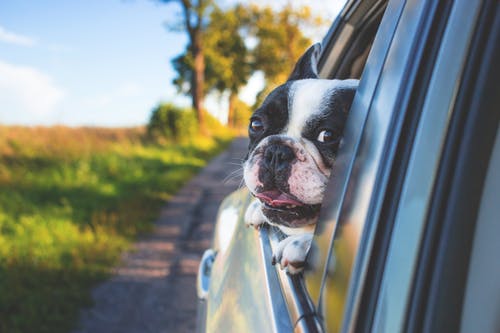A variety of issues in pets and cats require surgery to get the best results. It’s an emotional experience, similar to human surgical procedures. That is why a veterinarian should provide the best possible care to the animals under their supervision.
The vet will provide complete and detailed advice on caring for your pet after your pet’s surgery. Follow these instructions with care and with precision. Knowing how to care for your pet once they return home is essential to help them return to their routine as soon as they can.
Pet Care After a Surgery
It is critical to know how to care for your pet while they recover after surgery to help them get back to normal immediately. Here are some tips regarding post-surgery treatment on your animal.
1. Feeding Your Pet
Your pet may feel sick and lose appetite when your veterinarian gives the general anesthesia. Following surgery, try feeding your pet half of a light meal like chicken or rice, which may be more digestible than traditional pet food bought from the store.
Within 24 hours of the surgery, your pet’s appetite should improve, and they’ll slowly resume their regular diet. If your pet’s appetite isn’t returning within 48 hours, you should make an appointment to see your vet or veterinary surgeon right away. The loss of appetite could indicate inflammation or pain. Visit a veterinary hospital like Wake forest veterinarian for more details.
2. Managing Your Pet’s Pain
A veterinarian will explain any medications or pain relief you are given for your pet before both of you travel to the vet after surgery. They will discuss the dosage and frequency at which the medication should be given and ensure that it is administered safely. Follow these guidelines to avoid any extra discomfort during healing and reduce the risk of adverse effects.
Following surgery, pain medication and antibiotics are usually prescribed to pets to help ease discomfort and prevent infections. Consult your veterinarian before giving your pet medications intended for humans. The majority of drugs that help us feel better may be harmful to animals. Always purchase medicine at a reliable pet pharmacy.
3. Making Your Pet Comfortable at Home
Provide your pet a comfortable, clean, and tranquil place to rest after surgery, away from the hustle and bustle of your house. Setting up a soft, comfortable bed for them and giving them plenty of space to spread out may aid in avoiding putting excessive pressure on vulnerable or injured areas that are part of their body. Contact your veterinarian for more info.
4. Limiting Your Pet’s Movement
After surgery, your veterinarian will likely recommend restricting your pet’s movement and physical activity for a while. A sudden jump or stretch could cause the wound to reopen and disrupt the healing process. Fortunately, most treatments do not require extensive confinement to facilitate recovery, and most pets will be content inside for a few hours.
It could be challenging to keep your dog from attempting to climb the stairs or leaping up on the furniture they like to sleep on. If you’re unable to watch your dog for a few days with a close eye, you may need to keep them in a secure, comfortable area of the house.
5. Attending Your Pet’s Follow-Up Appointments
The follow-up appointment allows you to have your veterinarian evaluate your pet’s healing and look for signs of infection before it turns into a significant issue. It is also essential to keep changing your pet’s bandages as the bandages left on for too long could cause pressure sores or cut blood flow. Bring your pet in for an appointment for a follow-up visit to allow your vet to observe the development of your pet’s healing.
